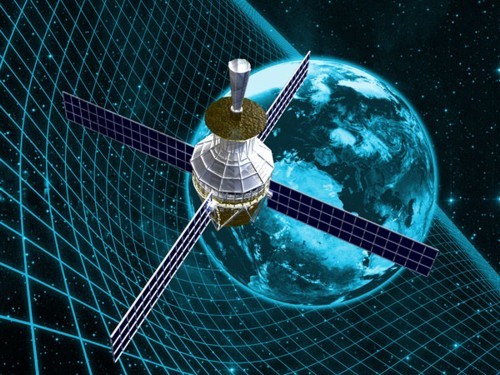Science!



"This is an epic result," adds Clifford Will of Washington University in St. Louis. [...] "One day," he predicts, "this will be written up in textbooks as one of the classic experiments in the history of physics." [...]
The idea behind the experiment is simple:
Put a spinning gyroscope into orbit around the Earth, with the spin axis pointed toward some distant star as a fixed reference point. Free from external forces, the gyroscope's axis should continue pointing at the star--forever. But if space is twisted, the direction of the gyroscope's axis should drift over time. By noting this change in direction relative to the star, the twists of space-time could be measured.
In practice, the experiment is tremendously difficult.
The four gyroscopes in GP-B are the most perfect spheres ever made by humans. These ping pong-sized balls of fused quartz and silicon are 1.5 inches across and never vary from a perfect sphere by more than 40 atomic layers. If the gyroscopes weren't so spherical, their spin axes would wobble even without the effects of relativity.
Bild von scienceblogs.com